
Have you ever left a metal bike outside in the rain for a few days and after a short time, the shiny surface will appear reddish brown, peeling and rough? That is rust, the "silent enemy" of metal - Photo: AI
Rust can appear everywhere around us. On bicycles or cars, long-term rain and wind will corrode the frame and chassis. Old water pipes are often corroded from the inside, causing the water to flow out with a reddish-brown color. Even in the kitchen, stagnant water around the sink or faucet can easily leave orange-yellow stains that are difficult to remove...
On a larger scale, rust attacks on ships and steel bridges and can cause leaks, leading to serious incidents and huge economic losses.
How does rust form?
Rust is the result of a chemical reaction called oxidation. When an iron or steel surface comes into contact with water (or moisture) and oxygen in the air, the iron atoms begin to lose electrons, essentially “losing energy,” while the oxygen “grabs” those electrons. The combination of iron, oxygen, and water creates iron oxide (Fe₂O₃), which is the familiar reddish-brown patina.
This rust layer has a porous structure and is easily peeled off, allowing water and oxygen to continue to penetrate deep inside, causing the corrosion process to continue. This is also the reason why a small rust spot on the car frame or railing can quickly spread if not handled promptly.
In addition, salty environments, such as coastal areas or areas where road salt is used to melt ice, will cause the oxidation reaction to occur many times faster, because salt increases the conductivity of water, helping electrons move faster during the corrosion process.
Costing hundreds of billions of dollars each year
Rust is not only an aesthetic or technical problem, but also a huge economic burden. Globally, the cost of repairing, maintaining and replacing corroded equipment, vehicles and structures is estimated to be in the hundreds of billions of dollars each year.
In the transportation industry, rust damages car chassis, bicycle frames, and train tracks, causing unsafe conditions and shortening vehicle life.
In the industrial sector, corroded oil and water pipes or tanks can leak, causing production disruption and environmental damage.
For road and bridge infrastructure and marine structures, steel corrosion that is not promptly addressed can lead to collapse, failure, or costly overhaul.
According to many studies, just applying good anti-rust measures can save 15-35% of annual maintenance and replacement costs, while minimizing the risk of serious incidents.
Effective ways to prevent rust
Thanks to the understanding of the chemical mechanism of rust, people have found many solutions to prevent or slow down the corrosion process. Some common measures include:
Surface coating: Paint acts like a "raincoat" for metal. The paint layer prevents oxygen and moisture from coming into direct contact with the iron and steel surface, two indispensable factors for rust formation. Therefore, from iron door frames, fences, to ship hulls or bridge girders, periodic coating not only helps increase the lifespan but also maintains a bright new appearance.
Keep items dry: Moisture is a major contributor to rust. That’s why metal tools should be stored in a dry, well-ventilated area, or with a dehumidifier. For outdoor machinery, covering it from rain and wind can also help reduce the risk of corrosion.
Galvanizing: The galvanizing technique creates a “sacrificial” layer of metal on the outside of the iron. The zinc oxidizes first, forming a durable layer of zinc oxide that prevents oxygen and water from reaching the iron underneath. This method is commonly found on utility poles, steel construction frames, or outdoor fences.
Using stainless steel: Stainless steel is an alloy of iron with chromium and some other metals. When exposed to air, chromium creates an ultra-thin layer of chromium oxide, hundreds of thousands of times thinner than a strand of hair, but extremely durable and transparent. In particular, this layer has the ability to "self-heal": if scratched, chromium will quickly react with oxygen to regenerate the protective layer. Thanks to that, stainless steel is widely used from knives, sinks, to medical equipment.
Using transmission electron microscopy, scientists can watch individual metal atoms lose electrons and oxidize. For example, aluminum, when exposed to oxygen or water vapor, immediately forms a durable layer of aluminum oxide that stops the reaction from continuing, unlike iron, which has a porous layer of rust that allows corrosion to continue.
Deeper research into this process could help make stronger materials, from bridges and solar cells to safer airplanes.
Source: https://tuoitre.vn/gi-set-gay-ton-hang-tram-ti-usd-moi-nam-con-nguoi-doi-pho-the-nao-20250812163539127.htm



![[Photo] Parade blocks pass through Hang Khay-Trang Tien during the preliminary rehearsal](https://vphoto.vietnam.vn/thumb/1200x675/vietnam/resource/IMAGE/2025/8/27/456962fff72d40269327ac1d01426969)
![[Photo] Images of the State-level preliminary rehearsal of the military parade at Ba Dinh Square](https://vphoto.vietnam.vn/thumb/1200x675/vietnam/resource/IMAGE/2025/8/27/807e4479c81f408ca16b916ba381b667)




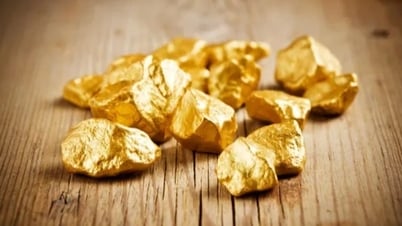

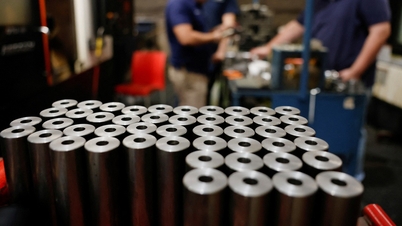




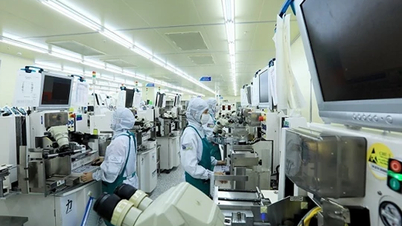
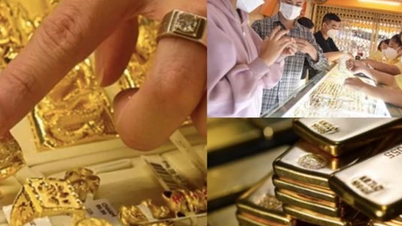
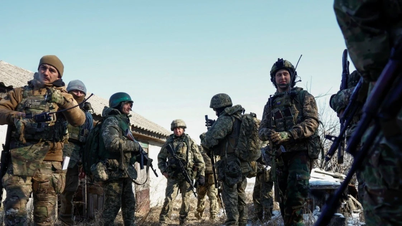



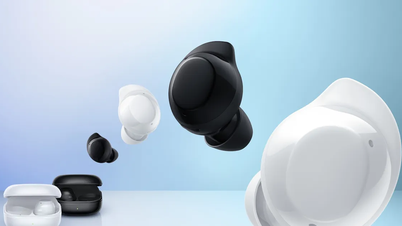









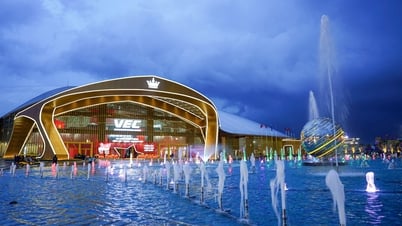


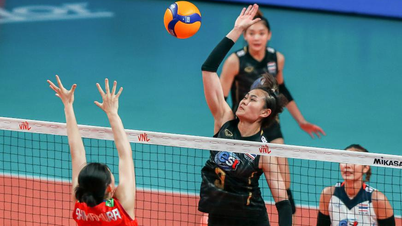
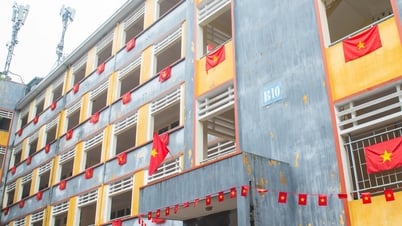


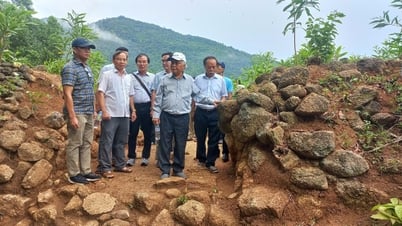



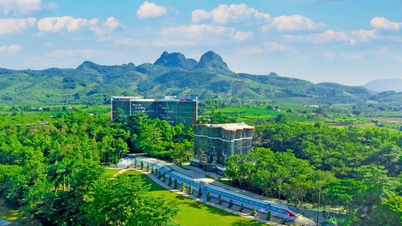
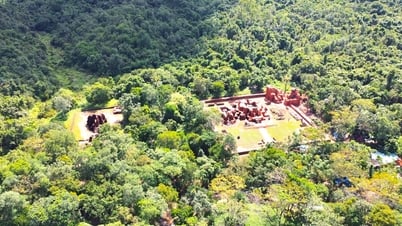

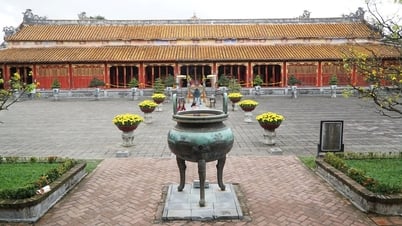






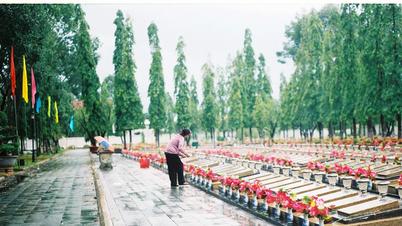

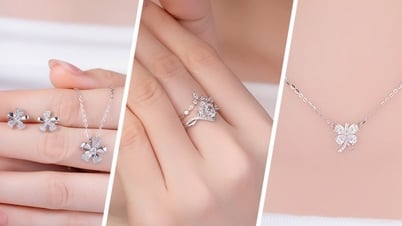



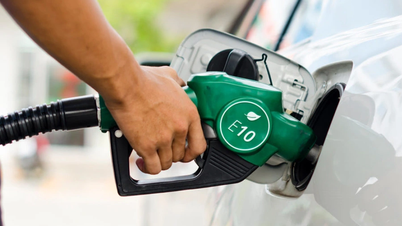
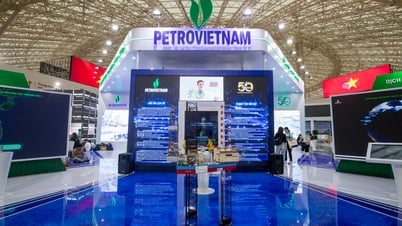





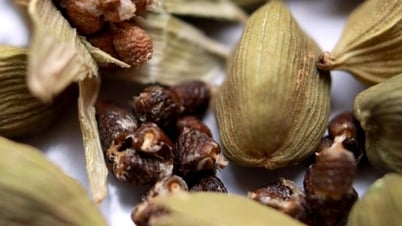
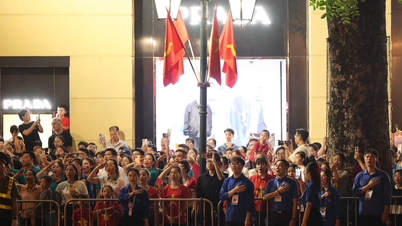




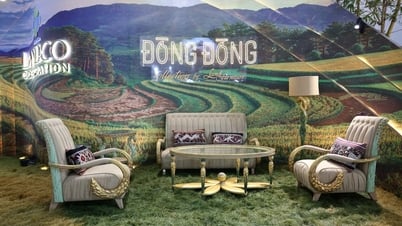






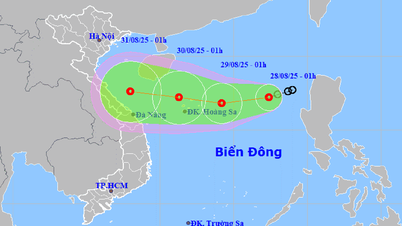


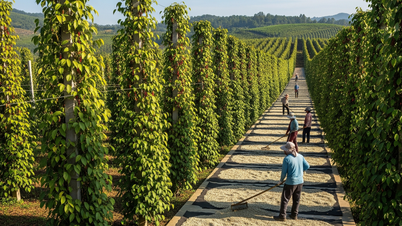
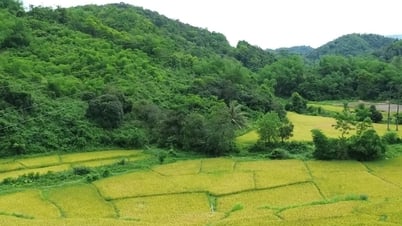


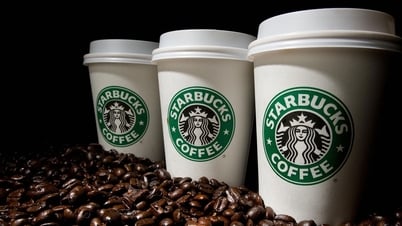














Comment (0)